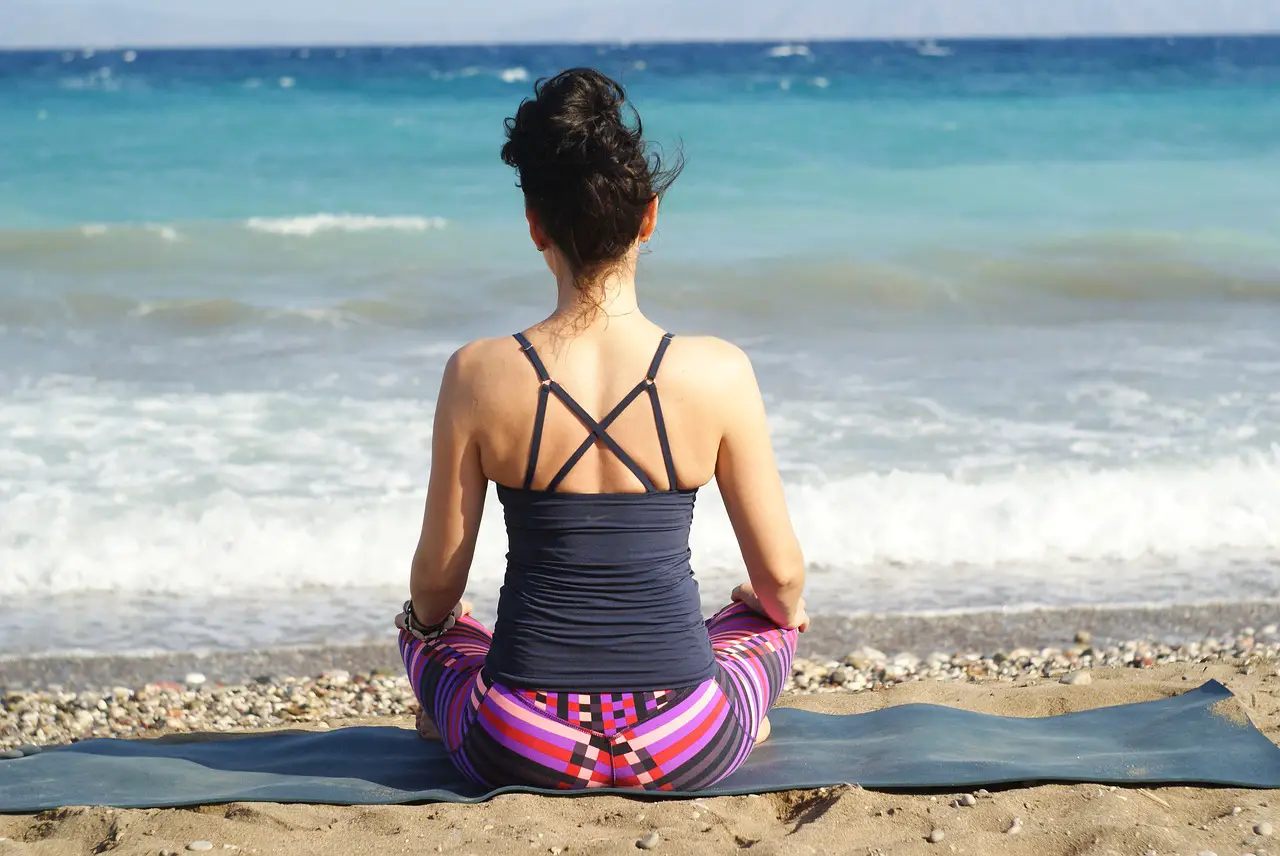
Meditation is a great stress reliever. The best meditation tips for beginners involve preparation, repeating a specific phrase, and receiving anything that comes into your subconscious mind. Types of meditation include guided, transcendental, and mindfulness meditation.
We are all busy, too busy. We are all working in this fast-paced rat race to be more, do more, and provide more. Unfortunately, the rat race can leave us disconnected and far from compassion and love for those around us. This article will discuss how we can find our way back to the connected state by discussing meditation tips for beginners.
How do we do this?
Spiritual Meditation
It’s the act of detaching yourself from the hustle and bustle of life and getting still and quiet, focusing on deep breathing.
It took me a long time to come to terms with the use of meditation and its positive effects. When we think about meditation, there are thousands of descriptions out in the world of what meditation is, which can be confusing.
Most people think they are too busy to meditate, as did I at one point in my life. If you can find five to twenty minutes per day, then the positive effects of meditation are limitless. Meditation creates a peaceful state. If you can sit in silence and still your mind to a point where thoughts come and go, the benefits are tremendous.
How to Meditate
(1) Preparation
Preparation is everything!
Choose a place that you find relaxing to sit in for five to twenty minutes. If you are new to meditation, start with five minutes. You can always increase it to ten then twenty as you get used to the positive effects. I found that walking near a beach or going into a quiet room in my apartment helped me meditate.
Slow down your breathing and close your eyes. Focus on breathing deeply and observing the rise and fall of your chest
Sit in a manner that is comfortable for you. You do not need to have your legs crossed and palms up initially. You will need one minute of deep breathing to relax your mind, shoulders, and body before moving to the next step. This is also an excellent way on how to meditate in bed for beginners.
(2) Repetition
Repeat a phrase that makes you feel good and is relaxing. (No more than four words) I struggled with finding my expression when I first started. I tried many statements such as love, relaxation, and all things are beautiful. Now I say only one word repeatedly, which gets me into a beautiful state. That word is oneness.
Once you repeat your statement repeatedly, it also helps to imagine your inner self and subconscious coming into alignment with your conscious mind. Sometimes I guess laying under a tree and a ray of sunshine coming through the tree branches and heating my skin. I get into this imagined state while saying my statement over and over.
(3) Receive
Receive anything that comes into your subconscious mind – Allow yourself to stop repeating and notice thoughts but not get caught up in your thoughts. If you see you are heavily thinking about a specific item, then focus again on repetition. To enhance the receiving stage, try keeping your palms open and facing upwards to improve the receiving results.
If you are new to meditation, then a guided meditation that you can find online may suit you better. The benefits of meditation are tremendous. Some of these benefits include – greater productivity, less stress, improved creativity, and Higher self-awareness.
Types of Meditation
There are many types of meditation, including;
Guided Meditation
This method involves visualization, where one forms mental images of situations and places that make one relax.
You strive to employ all your senses, including sight, smell, texture, and sounds. A guide or teacher may accompany you through the process.
Transcendental Meditation
It is a straightforward, natural practice. This type of meditation involves silently repeating a personal mantra, such as a phrase, word, or sound, in a precise manner.
Without much effort, this type of meditation helps your body settle into a state of deep relaxation, your mind reaches a state of inner peace.
Mindfulness Meditation
Being mindful and having a greater understanding and acceptance of the present moment is the foundation of this form of meditation. You have to be mentally strong to practice this form of meditation.
It involves being fully present at the moment, which trains you to be more mindful, especially in stressful situations.
Yoga
Yoga involves controlled breathing exercises and postures that lead to a more relaxed mind. As you go through positions that demand balance and concentration, you’re urged to focus less on your day and more on the present.
Conclusion
Meditation helps to focus the mind and slow down our thought patterns which helps us to observe our environment. The mind focuses more on the now than the past or future. Being in the now involves enjoying each moment, letting things go, and experiencing the next moment. It takes practice to focus on the present.
Meditation increases brain activity in an area of the brain associated with happiness and positive thoughts and emotions, and some evidence shows that regular practice brings higher awareness, improved health, and reduced stress.






